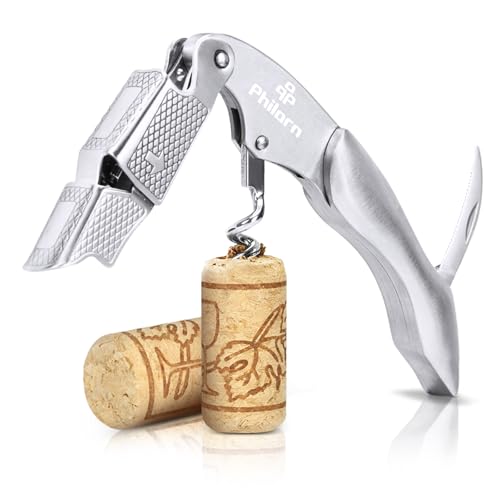Yes, cork flooring can be used in a commercial setting
Cork flooring is becoming an increasingly popular choice for both residential and commercial spaces. Not only is it an eco-friendly option, but cork flooring also offers a range of benefits that make it suitable for use in commercial settings. In this article, we will explore why cork flooring can be a great choice for commercial spaces and discuss some of the factors that make it suitable for these environments.
Eco-friendly and sustainable
One of the main reasons why cork flooring is a great choice for commercial spaces is its eco-friendly and sustainable nature. Cork is derived from the bark of the cork oak tree, which is harvested every nine years without causing any harm to the tree. This sustainable harvesting process allows the tree to continue living, regenerating its bark and making cork a renewable resource.
In addition to being a sustainable material, cork also offers excellent insulation properties. It is a natural thermal and acoustic insulator, providing a comfortable and quiet environment for commercial spaces. This insulation also helps to reduce energy consumption, making cork flooring an environmentally friendly choice.
Durability and resilience
Commercial spaces often experience heavy foot traffic, which can take a toll on the flooring. However, cork flooring is known for its durability and resilience, making it suitable for high-traffic areas. The cellular structure of cork gives it a certain level of elasticity, allowing it to bounce back and recover from heavy impact. This resilience helps to prevent permanent damage and ensure the longevity of the flooring.
Cork is also resistant to moisture and mold, making it a suitable choice for spaces such as restaurants, bars, and retail shops, where spills and humidity are common. Its natural resistance to moisture helps to prevent warping or buckling, preserving the appearance and integrity of the flooring.
Comfort and ease of maintenance
Cork flooring provides a comfortable and cushioned surface underfoot, making it ideal for spaces where people are on their feet for long periods. Its softness and shock-absorbing properties help to reduce strain on joints and muscles, providing a more comfortable environment for employees and customers alike.
In terms of maintenance, cork flooring is relatively low-maintenance compared to other flooring options. Regular sweeping or vacuuming, along with occasional damp mopping, is usually sufficient to keep cork flooring clean. Additionally, cork is naturally resistant to stains, making it easier to maintain and keeping it looking fresh and new for longer periods.
Design versatility
Contrary to popular belief, cork flooring is not limited to traditional corkboard appearance. It comes in a wide range of colors, patterns, and textures, allowing for versatile design options. This makes it suitable for a variety of commercial spaces, from modern offices to trendy cafes. The ability to customize the appearance of cork flooring allows businesses to create a unique and aesthetically pleasing environment that aligns with their brand and style.
Moreover, cork flooring can be installed using different techniques such as glue-down or floating, offering flexibility in terms of installation methods. This makes it easier to accommodate the specific requirements of different commercial spaces and ensures a seamless and professional installation process.
In summary, cork flooring is a great choice for commercial spaces. It is an eco-friendly and sustainable option, offering excellent insulation properties and reducing energy consumption. Cork flooring is also durable, resilient, and easy to maintain, making it suitable for high-traffic areas. Its design versatility allows for customization, creating unique and visually appealing commercial spaces. So, if you are considering flooring options for your commercial space, be sure to explore the possibilities of cork flooring.






